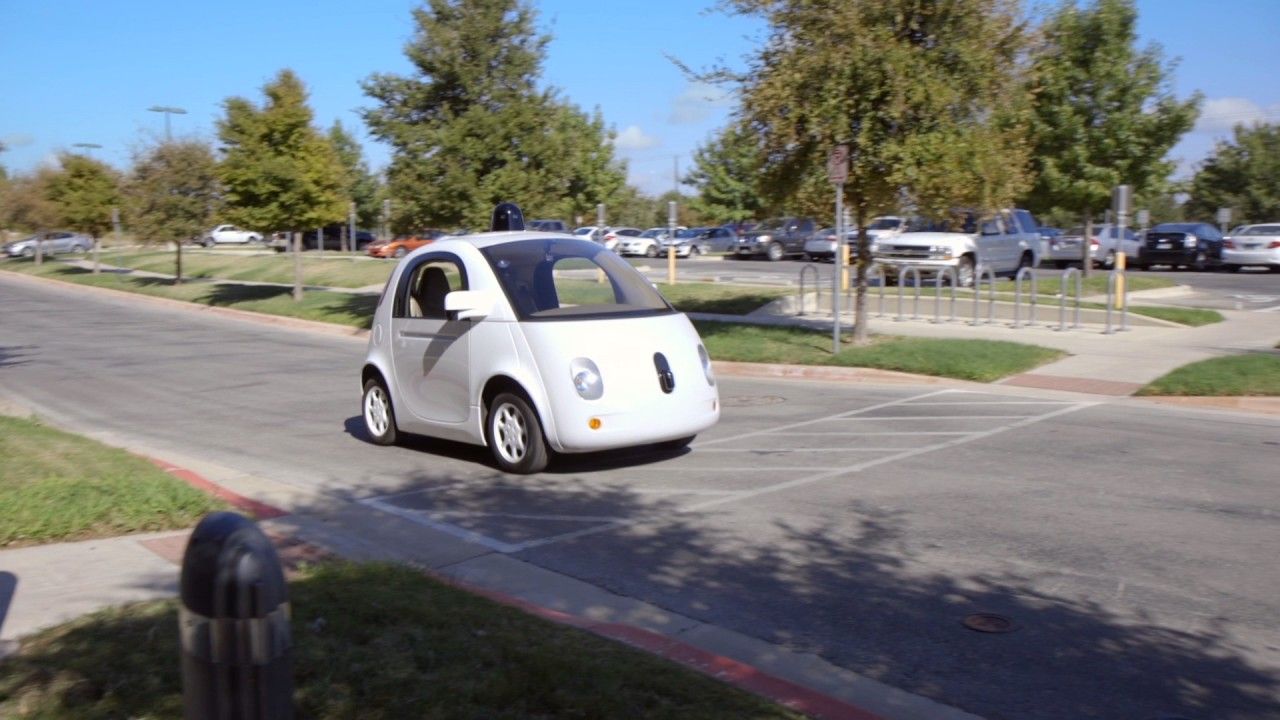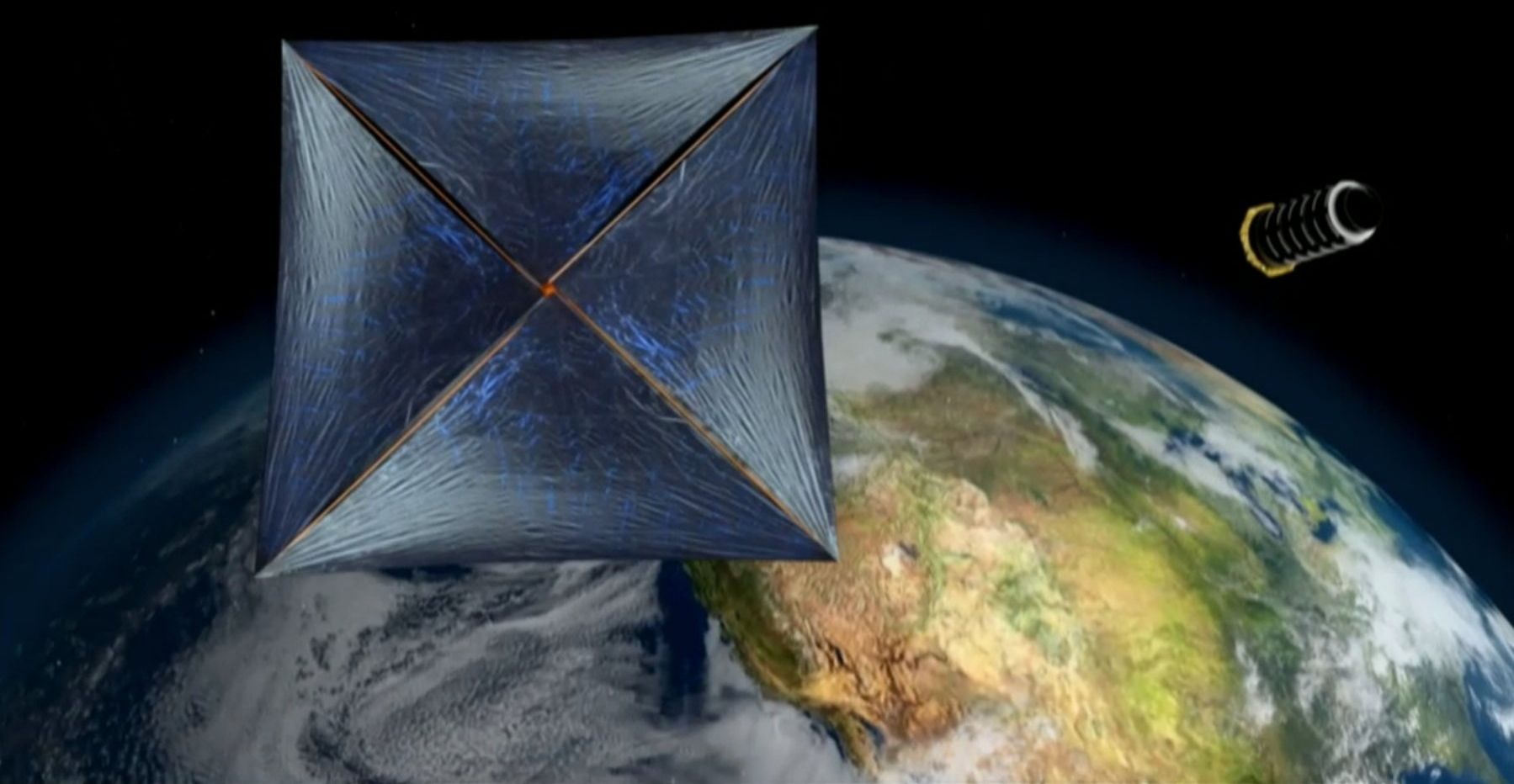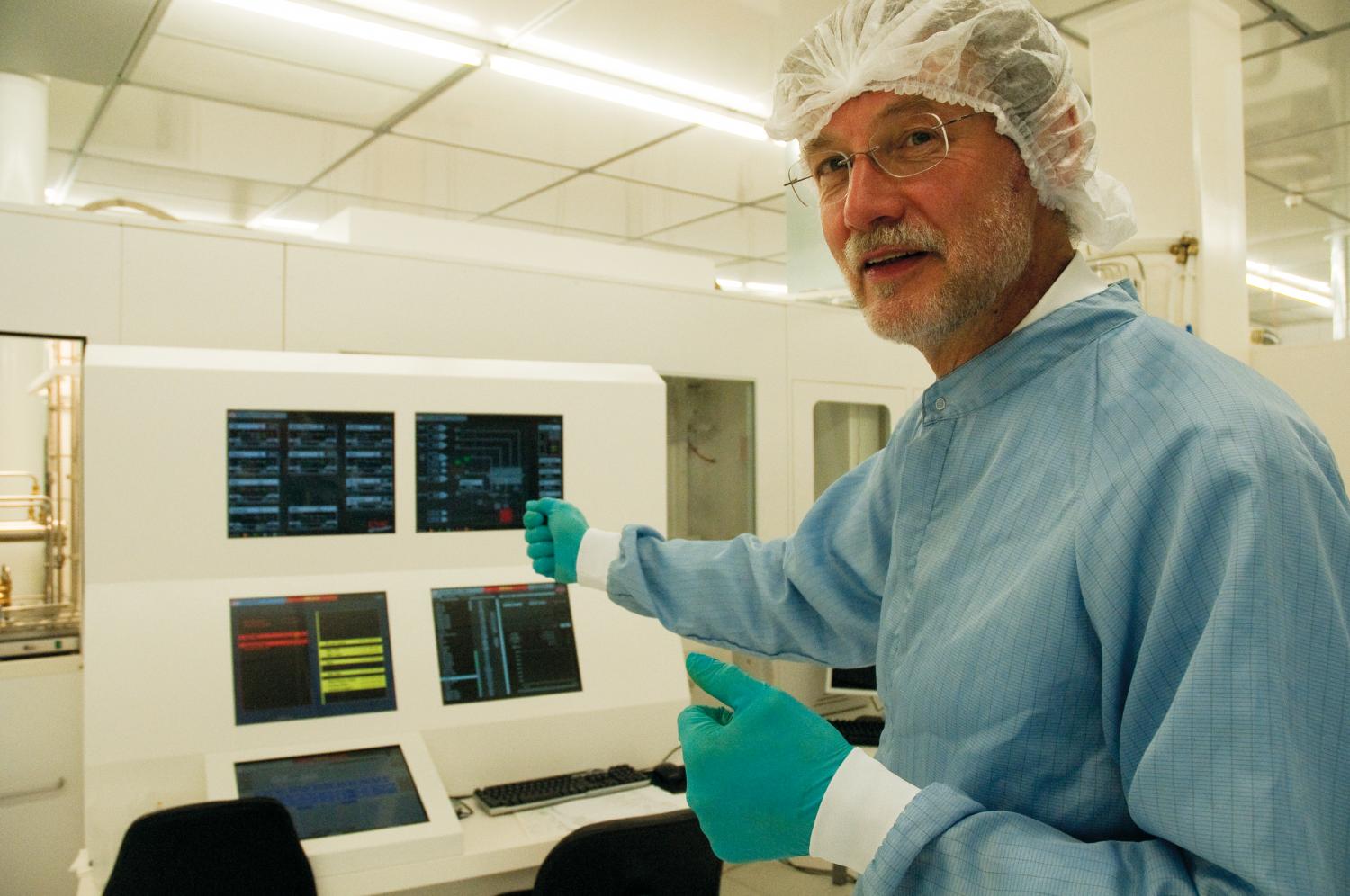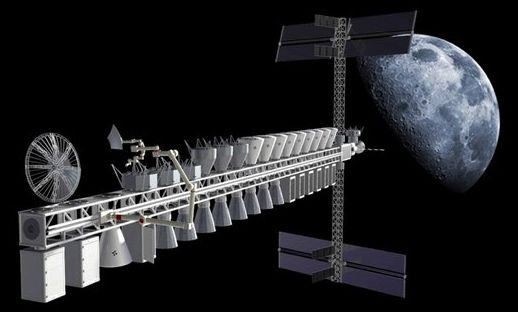Page 10447
Mar 21, 2017
Law Controlling Bizarre Behavior of Black Holes –“Points to a Deeper Understanding of Realty”
Posted by Andreas Matt in categories: cosmology, particle physics
A team of scientists has discovered that a law controlling the bizarre behavior of black holes out in space—is also true for cold helium atoms that can be studied in laboratories. “It’s called an entanglement area law,” says Adrian Del Maestro, a physicist at the University of Vermont who co-led the research. That this law appears at both the vast scale of outer space and at the tiny scale of atoms, “is weird,” Del Maestro says, “and it points to a deeper understanding of reality.”
Mar 21, 2017
The world’s most efficient and environment-friendly solar cells
Posted by Simon Waslander in categories: nanotechnology, solar power, sustainability
In the future, solar cells can become twice as efficient by employing a few smart little nano-tricks.
Researchers are currently developing the environment-friendly solar cells of the future, which will capture twice as much energy as the cells of today. The trick is to combine two different types of solar cells in order to utilize a much greater portion of the sunlight.
“These are going to be the world’s most efficient and environment-friendly solar cells. There are currently solar cells that are certainly just as efficient, but they are both expensive and toxic. Furthermore, the materials in our solar cells are readily available in large quantities on Earth. That is an important point,” says Professor Bengt Svensson of the Department of Physics at the University of Oslo (UiO) and Centre for Materials Science and Nanotechnology (SMN).
Continue reading “The world’s most efficient and environment-friendly solar cells” »
Mar 21, 2017
Last of Beijing coal power stations closes as Chinese leaders promise blue skies for all
Posted by Blair Erickson in category: energy
Beijing: The closure of Beijing’s last big coal-fired power station, which had dominated the skyline of the city’s outskirts for 18 years, has been welcomed by environmental groups, who hope China will maintain momentum on its ambitious clean energy targets.
Beijing had promised in 2013 to have its four coal-fired power stations shut down by this year.
Mar 21, 2017
10 Ways Technology Will Transform the Human Body in the next Decade
Posted by Klaus Baldauf in categories: biotech/medical, cyborgs
You are already a cyborg! Here’s 10 ways you could merge even more with technology in the coming decade.
Mar 21, 2017
Automation Coming to a Restaurant Near You
Posted by Alireza Mokri in categories: food, robotics/AI

Mar.20 — Fast food giants have placed big bets on technology with the aim of getting a competitive edge, with both well-known and upstart restaurants getting in on the action. Bloomberg’s Kaitlin Meehan has more.
Mar 21, 2017
Say hello to Waymo (audio-described)
Posted by Alireza Mokri in categories: robotics/AI, transportation

This video is audio described for the visually-impaired. The original version can be found here: https://youtu.be/uHbMt6WDhQ8
Waymo—formerly the Google self-driving car project—stands for a new way forward in mobility. In 2015, we invited Steve Mahan, former CEO of the Santa Clara Valley Blind Center, for a special ride. Steve had ridden in our cars in the past—first accompanied by a test driver in 2012 and then on a closed course in 2014. This time was different. Steve experienced the world’s first fully self-driving ride on public roads, navigating through everyday traffic with no steering wheel, no pedals, and no test driver. See highlights of Steve’s ride: https://youtu.be/ArYTxDZzQOM
Mar 21, 2017
10 people to follow if you want a career in AI
Posted by Alireza Mokri in categories: ethics, robotics/AI, space

Want a career in AI and robotics? One of the best ways to enrich your knowledge about the sector is to follow these AI influencers.
Continue reading “10 people to follow if you want a career in AI” »
Mar 21, 2017
The cislunar gateway with no gate, revisited
Posted by Klaus Baldauf in categories: habitats, space travel
More than four years ago, I covered the issue of cislunar planning here (see “The cislunar gateway with no gate”, The Space Review, October 1, 2012). Now the same “gateless” base concept has returned, but this time, it is not the only concept on the table. Currently there seem to be a plethora of achievable cislunar and lunar concepts, but few people seem to understand what makes any of them practical and affordable. Multiple reusable launchers, in-space vehicles, and components are being developed or have recently been announced, including the New Glenn, the Blue Moon lunar lander, SpaceX’s gigantic Interplanetary Transport System with its still unnamed booster. In addition, there are various lunar orbit combination habitats and depots proposed by Bigelow and the previously announced vehicles and concepts such as the Falcon Heavy, the XEUS lander, and the Cryote depot concept.
Operational plans that only include cislunar bases are being proposed, as well as plans which call for only lunar surface bases to be supplied directly from the Earth, in addition to the more modern, cislunar resource-supported lunar base scenarios. These plans and designs are all like pieces of a very important jigsaw puzzle, but one that, due to the current circumstances, forces us to start with the individual pieces, instead of a whole original image. Our mission, if we can manage it (politically, fiscally and technically), is to try to create a functional whole—a cislunar transportation system —out of some or most of these pieces.
As the obvious and practical location for a gateway to the Moon, Mars, and the asteroids, a cislunar logistics base is the first component we need in place. I am not as concerned about which orbit any cislunar station is placed in compared to the base components, but it is still clear that the Earth Moon L1 point has an advantage since it is always in the same general area, and can be reached from any location on the moon in about 12 hours at any time without waiting for an orbital position to match. A station placed in the “near-rectilinear (lunar) halo orbit” (NRHO) proposed recently would actually be in a high, elliptical, lunar polar orbit (HELPO) that takes more propellant and time to reach from or to than most other options. The best orbits to support lunar operations have a short and relatively unchanging transit time from or to the lunar surface, a lower delta-V per trip, and which can be reached from most places on the surface at almost any time.
Mar 21, 2017
NASA announces 2 new institutes helping humanity to colonize the solar system
Posted by Klaus Baldauf in category: space
If you really want to explore the unknown, it’s necessary to put every effort possible into this venture. According to NASA, that’s exactly what they had in mind when their plans to fund some supporting institutes were announced.
The ultimate goal, of course, is not only to boldly go out there, but to extent humanity’s reach in our solar system.
The so-called Space Technology Research Institutes, or STRIs, will each receive the handsome amount of $15 million in order to develop groundbreaking technology in biomaterials and biomanufacturing.
Continue reading “NASA announces 2 new institutes helping humanity to colonize the solar system” »
















